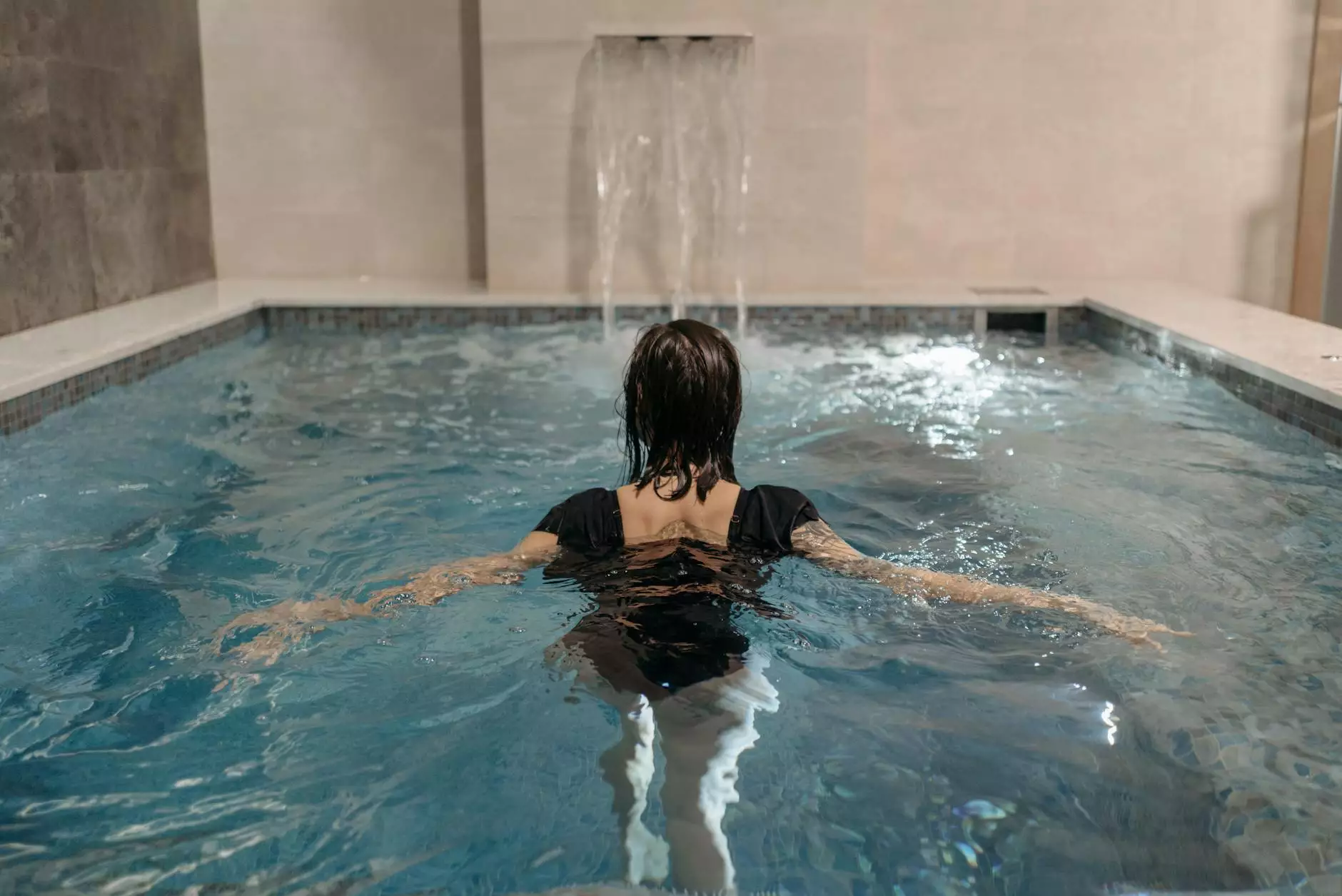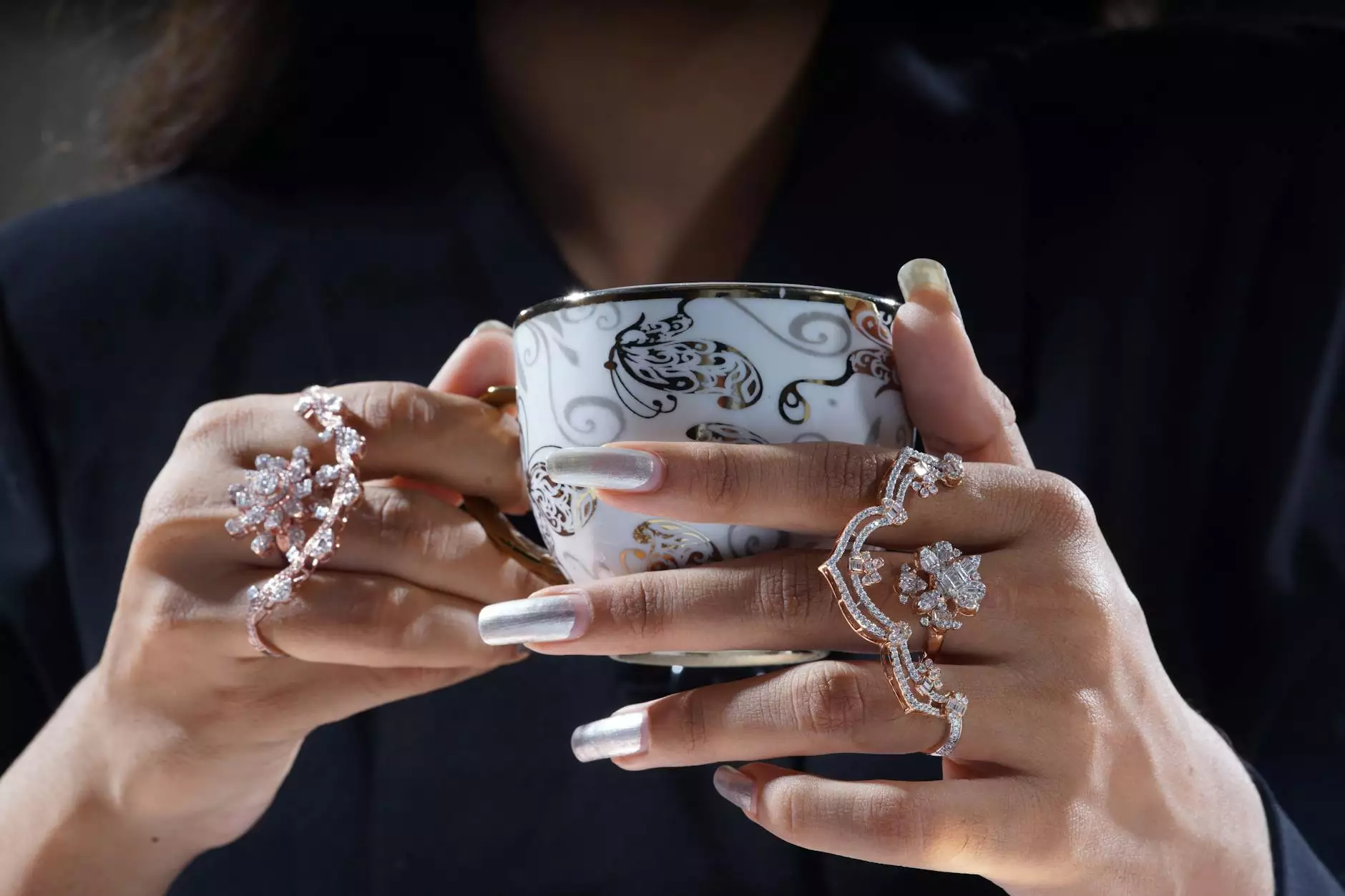The Best Colors for Medical Office Design

When designing a medical office, color selection is crucial in creating an environment that promotes healing, comfort, and professionalism. The best colors for medical offices not only enhance the aesthetic appeal but also impact the psychological well-being of patients and staff alike. In this comprehensive guide, we will explore the psychology of colors, trending palettes, and practical tips for applying these colors effectively in your medical office design.
Understanding the Psychology of Color
Colors evoke emotions and have the power to influence how we feel and behave. In a medical setting, it's essential to choose colors that create a calm and welcoming atmosphere. Below are some key colors and their psychological effects:
- Blue: Often associated with tranquility and trust, blue is a popular choice for medical offices. It helps to reduce anxiety and instills a sense of peace.
- Green: Symbolizing nature and health, green is refreshing and calming. It's an excellent color for waiting areas and examination rooms where patients need to feel relaxed.
- Light Gray: This neutral color promotes a modern, clean look that can be paired with bolder accents. It instills a sense of professionalism and sophistication.
- Soft Yellow: Bringing a touch of cheerfulness, soft yellow can be uplifting without being overwhelming. It's ideal for spaces requiring warmth and a friendly atmosphere.
- Warm Whites: Whites evoke cleanliness and simplicity. Choosing warmer whites can make a space feel more inviting than stark white.
The Importance of Color in Medical Office Design
Designing a medical office goes beyond aesthetics; it is about creating an environment that enhances the patient experience. Here's why color matters:
- Enhances Patient Comfort: The right colors can significantly reduce anxiety and stress, leading to a more pleasant experience for patients. For example, using soft blues in consultation rooms can make patients feel more relaxed.
- Influences Perception: Patients often form opinions about the quality of care based on the office environment. A well-colored space can suggest professionalism and competence.
- Improves Employee Morale: A pleasant work environment affects staff motivation. Colors that promote calmness can lead to improved focus and productivity among healthcare professionals.
- Encourages Positive Interactions: Color can encourage patient interaction. Warm tones like beige and soft pastels can make patients feel more comfortable engaging in conversations with staff.
Trending Color Palettes for Medical Offices
In recent years, several color palettes have emerged as favorites among medical office designers. Let’s take a look at some of the trending combinations:
1. Earthy Tones
Combining greens, browns, and soft neutrals can create a grounding effect, reminiscent of nature. This palette is particularly suitable for practices focused on holistic healthcare.
2. Cool Blues with Accents
A palette of various shades of blue combined with accents of lime green or soft yellow can provide a refreshing vibe while ensuring a calm atmosphere.
3. Warm Minimalism
Using soft whites and light grays with the occasional splash of warm colors like peach or coral can create a sophisticated and inviting environment.
4. Vibrant Contrasts
For pediatric practices or those targeting younger patients, bright colors like turquoise, sunny yellow, and vibrant orange can be utilized to create a fun and engaging atmosphere.
Practical Tips for Implementing Colors in Your Medical Office
Now that you understand the foundational concepts, here are some practical tips to incorporate the best colors for your medical office effectively:
1. Start with a Neutral Base
Consider painting the walls in a neutral shade. This allows you to use brighter, more vibrant accents without overwhelming the space. Neutral colors can also make a room feel larger and more open.
2. Use Color Strategically
Determine areas where specific colors can create the desired effect. For example, choose calming blues for examination rooms and more vibrant colors for children's play areas.
3. Test Colors in Your Space
Before committing to a color, test it in the actual space. Observe how it looks at different times of day under various lighting conditions.
4. Consider Artwork and Décor
Incorporate artwork or decorative elements that complement your color scheme. This can help tie the room together and reinforce your chosen atmosphere.
5. Seek Professional Guidance
Don't hesitate to consult with an interior designer who specializes in medical office design. Their expertise can help you choose the best colors and layouts to optimize your space.
Color Maintenance and Longevity
Once you've selected your colors, it is essential to consider maintenance:
- Choose Durable Paint: Opt for high-quality, washable paints that can withstand the wear and tear of a busy medical office.
- Regular Touch-Ups: Schedule regular maintenance to touch up scuffed walls or faded paint to keep your office looking fresh.
- Adapt to Trends: Be open to updating colors in alignment with evolving design trends while maintaining the core identity of your medical practice.
Conclusion: Crafting the Perfect Medical Office Environment
Color plays a pivotal role in the success of a medical office. By understanding the psychological effects of different colors, selecting trending palettes, and implementing practical design tips, you can create a space that is not only visually appealing but also enhances patient comfort and staff efficiency. Remember, the best colors for medical offices go beyond mere appearance; they transform environments into healing spaces.
Ultimately, as a general contractor, partnering with professionals who understand the nuances of medical office design can foster a collaborative effort in creating an ideal setting for all stakeholders involved.
© 2023 Antham Group. All rights reserved. Contact us for more insights into creating impactful medical office spaces.









